Leading players in the air sampler market are focusing on strategic initiatives such as product innovations, partnerships, and acquisitions to strengthen their market presence. They are investing in research and market developments to introduce advanced air sampling technologies with improved accuracy and efficiency. Moreover, these companies are expanding their global reach through collaborations with distributors and entering into strategic alliances with key stakeholders. Additionally, they are actively engaging in mergers and acquisitions to broaden their product portfolios and enhance their competitive edge.
Manufacturing locally to minimize operational costs is one of the key business tactics used by manufacturers in the global Air Sampler industry to benefit clients and increase the market sector. In recent years, the Air Sampler industry has offered some of the most significant advantages to Portable Air Samplers. Major players in the Air Sampler Market, including Thermo Fisher Scientific Inc., Merck KGaA, Bio-Rad Laboratories, Inc., Restek Corporation, PerkinElmer Inc., Sartorius AG, SKC Inc., Bertin Instruments, Agilent Technologies, Inc., MilliporeSigma, are attempting to increase market demand by investing in research and development operations.
Thermo Fisher Scientific Inc. is a leading player in the air sampler market, offering a comprehensive range of solutions for air quality monitoring and analysis. The company provides a diverse portfolio of air sampling instruments, including portable and stationary samplers, as well as accessories and consumables. Thermo Fisher Scientific's air samplers are known for their reliability, accuracy, and advanced features, making them suitable for various applications in environmental monitoring, industrial hygiene, and research laboratories.
With a strong emphasis on innovation and quality, the company continually invests in research and development to introduce cutting-edge technologies and improve the performance of its air sampling products. Thermo Fisher Scientific's extensive global presence and strong distribution network further contribute to its dominance in the air sampler market.
Restek Corporation is a key player in the air sampler market, specializing in chromatography and analytical solutions. The company offers a range of air sampling products, including sorbent tubes, passive samplers, and air sampling accessories. Restek's air samplers are renowned for their high quality, reliability, and precision, catering to various applications such as environmental monitoring, industrial hygiene, and indoor air quality assessment. With a commitment to innovation, Restek continually develops new sampling technologies and methods to address emerging challenges in air quality monitoring.
The company's strong focus on customer satisfaction, coupled with its extensive technical expertise and support, positions Restek as a trusted partner for customers worldwide seeking effective air sampling solutions.


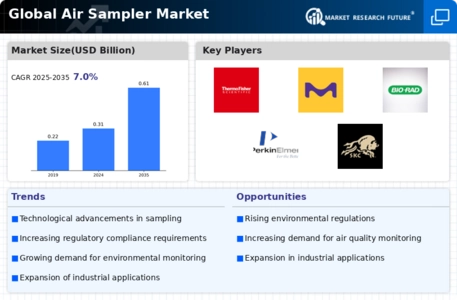
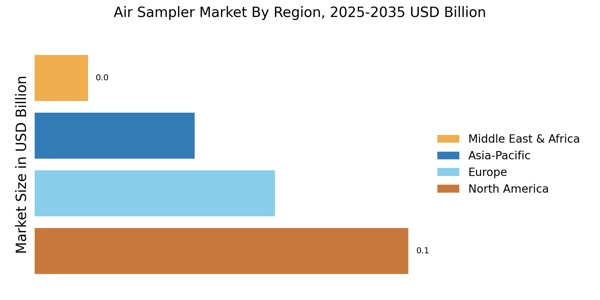
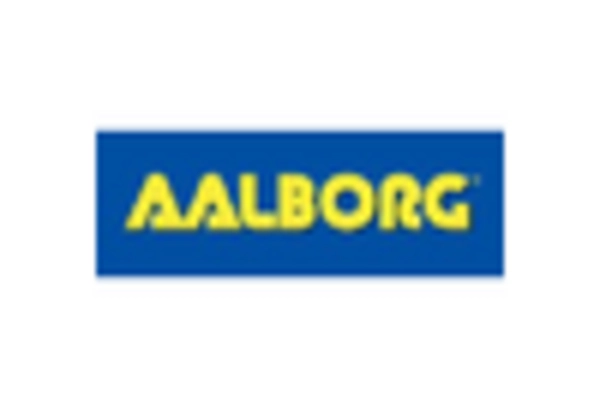

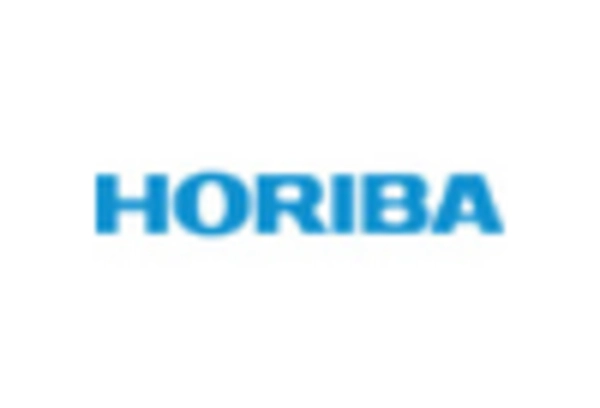
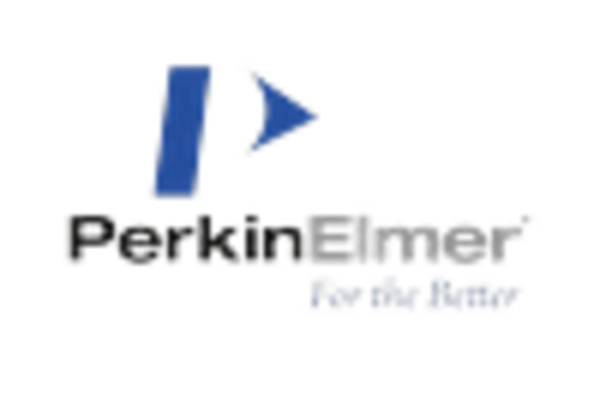
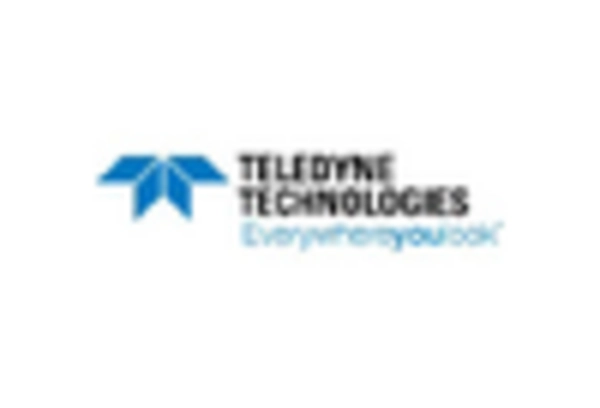









Leave a Comment